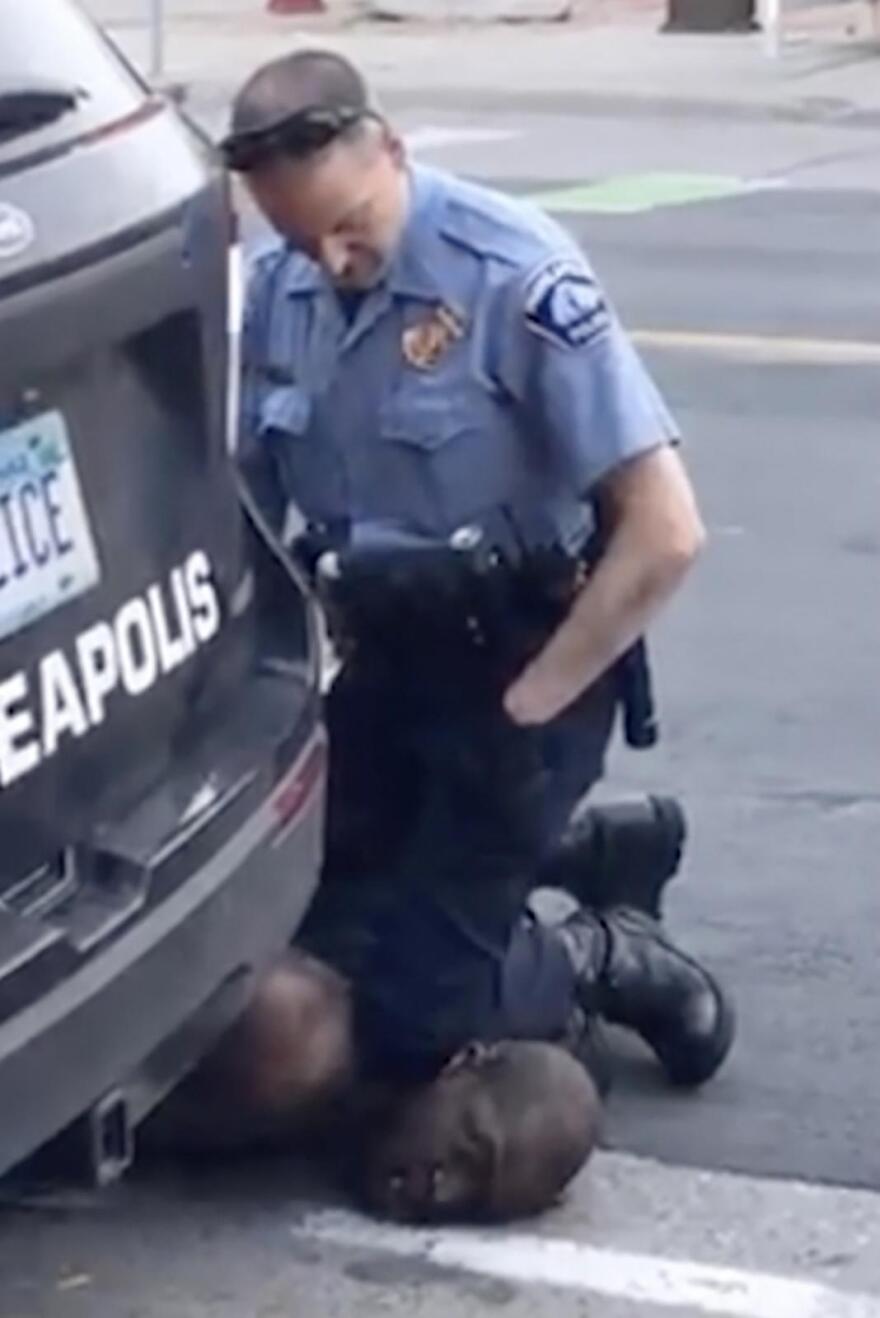In the days since a Minneapolis police officer killed an unarmed black man named George Floyd by kneeling on his neck, there has been a massive national response.
Protesters took to the streets in Reno and Las Vegas, calling for justice and an end to the disproportionate killings of Black Americans by police.
D. Brian Burghart has been studying police killings since 2012.
At the time, he was the editor of the Reno News & Review. He learned about the killing of a naked, unarmed college student, Gil Collar, at the University of South Alabama. That got him thinking: was there a centralized database where people could look up use of force incidents, to understand how common they are?
The FBI collects information on those incidents from law enforcement agencies around the country. But participation is voluntary. Since those agencies aren’t required to submit their data, the records are incomplete.
That’s when he launched Fatal Encounters, the first national database to track how many people are killed by police. It began as a crowdsourced effort to compile public records about incidents where law enforcement officials killed someone, although he later changed his approach to compiling news reports that he finds with Google alerts.
He found African Americans make up 26 percent of those killed by police, but only 13 percent of the population. People who are mentally ill or low-income are also over-represented.
Burghart’s research hasn’t received much feedback from the police themselves. But agencies such as the Dallas Police Department point to recent reforms they’ve adopted, which they say help reduce the lethality of their interactions with the public.
Seven years later, the trends remain the same. But Burghart believes law enforcement officials could improve their relationships with the communities they serve by adopting reforms, like greater transparency when an officer-involved shooting occurs.
In the wake of several days of nationwide protest over the police killings of unarmed Black citizens Breonna Taylor and George Floyd, Rachel Christiansen spoke with D. Brian Burghart about his research for KNPR’s State of Nevada.
On the willingness of police to provide public records of use of force incidents
The law requires them to give [public records] to you.
When the project started, we were crowdsourcing public records. So we ended up doing about 2,600 records. But primarily we use news reports.
Some would send you the information that you requested with no issues. Others might ask you for, you know, pennies. I mean, it would cost you more for the stamps than it would the check that they wanted in order to provide the data.
Others, like, for example, I believe it was Fort Worth police, wanted $35,000 for the records we were requesting. And then there are those who just send you everything you ask for and don't ask for anything.
On Nevada’s rate of police killings
Nevada wasn't really that different from what I've learned in the years since.
Poor people tend to get killed. Mentally ill people tend to get killed. People of color tend to get killed beyond their representation in the population. Basically the same stuff that you find across the country.
Our records go back to 2000. That's where we started the database, January 1, 2000. Las Vegas was worse than it is now. In fact, probably a lot worse.
On ways to reduce the number of people police kill
There are things they can do.
One thing that has been found to be fairly successful is making them do paperwork every single time the gun gets pulled out of the holster.
Las Vegas had more shootings and they changed policy. While the numbers aren't as great in Las Vegas as maybe in California or Los Angeles, different policies do decrease the number of people who end up dead.
On the value of greater transparency
I do believe that if police were more open, particularly when something happens, I think people would be less suspicious.
So in a community when there's no heroes and there's no villains, it creates a lot of suspicion. And I think you see those suspicions represented when there are times of turmoil like we're having now, with these demonstrations.
D. Brian Burghart, Founder, Fatal Encounters database


